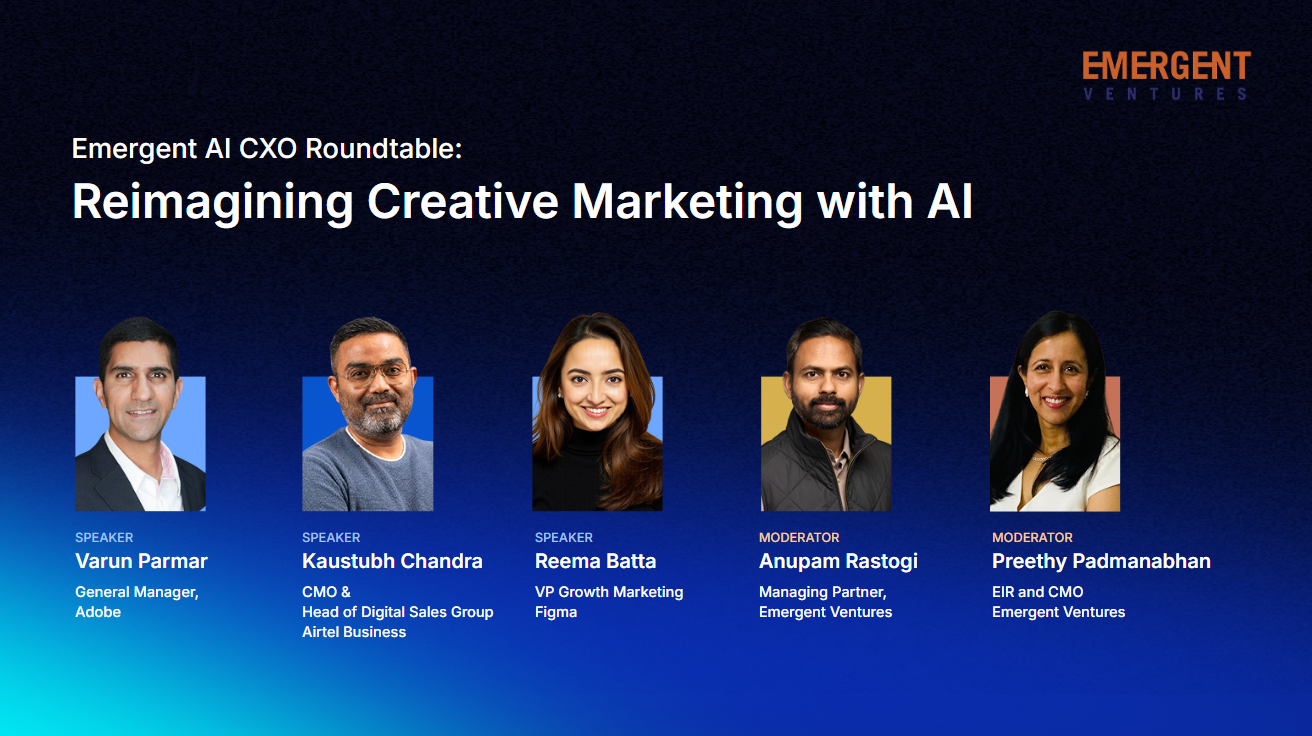Making the Market Size Section in Your Pitch Deck Work for You
The Market Size section on your pitch deck is valuable real estate, but in our experience, it’s often a missed opportunity — especially at the seed stage. A thoughtful approach to presenting your TAM (Total Addressable Market) not only advances your own thinking, but also signals to investors that you are serious about building a venture-scale company.
Here’s a framework to make the Market Size section work for you, particularly if you are an enterprise AI or SaaS founder.
Move Beyond Analyst Forecasts
How much will be spent on your category by 2028 according to an analyst report is moderately interesting — but often of limited relevance in an early-stage VC context.
The market segment you are creating may be nascent. Analyst forecasts may bundle in adjacent categories, making it unclear what portion is truly addressable by your offering. In short: analyst data can be a useful reference, but it should not be your main foundation.
Use Simple Bottom-Up Estimates
For most enterprise/SaaS startups, a simple bottom-up estimate is more effective and credible.
Formula: # of Target Customers x Average Annual Deal Size
(e.g., 100,000 customers x $10K ACV = $1B TAM)
This approach forces clear thinking: who are your target customers? What is a realistic deal size? It also helps the investor quickly assess the breadth and depth of the opportunity.
Triangulate Customer Numbers
When estimating your target customer base, triangulate from multiple sources:
- Customer counts of large comparable public companies
- NAICS-based data from public agencies
- Revenue or employee thresholds for Global 2000, S&P 500, or mid-market businesses
- Lists of B2B companies that have raised late-stage venture rounds
Good triangulation increases confidence in your numbers.
Apply Relevant Segmentation
Ensure that your definition of ‘target customers’ applies meaningful segmentation.
For instance: if your AI platform is built for logistics providers with more than 100 employees, segment accordingly. Avoid presenting a universe of “all logistics providers” without narrowing to those most relevant to your initial go-to-market strategy.
Show Progressive Growth
It’s often valuable to show how your TAM could expand over time as your product offering, target segments, and geographies grow.
Example:
- Phase 1: 50,000 customers x $10K ACV = $500M TAM
- Phase 2: 100,000 customers x $50K ACV = $5B TAM
This conveys both focus and ambition — you have a clear starting point and a credible path to a much larger market.
Include Alternative Spend
If your product replaces an alternative mode (e.g., manual processes, spreadsheets, human services), it can be helpful to reference current spending.
However, be cautious: customers don't usually reallocate 100% of their old spend to a new product. Treat alternative spend as an informative reference point, not the core of your TAM.
Keep It Realistic
We've seen early-stage founders present trillion-dollar TAMs. While a huge TAM is exciting, it’s often unrealistic and can undermine credibility.
Ensure that the TAM you present feels achievable within the next 5-10 years, given your product, roadmap, and category dynamics.
Focus on TAM for Early Rounds
At seed and Series A, a simple focus on TAM is typically sufficient. Rarely is it necessary to dig into SAM (Serviceable Available Market) or SOM (Serviceable Obtainable Market) at this stage. Complexity can cloud clarity.
Common Mistakes to Avoid
- Using total global IT spend as your market size
- Failing to segment properly
- Presenting an overly polished analyst number without bottom-up logic
- Ignoring real-world customer buying behavior
A simple, logical TAM is far better than an inflated, vague one.
Why VCs Care About TAM
Venture outcomes are driven by headroom: building a $100M+ ARR company is easier when the market can support it. Even if your initial wedge is small, VCs want to see a credible path to a large enough opportunity that can yield venture-scale returns.
A well-articulated, bottom-up TAM analysis shows that you understand the market dynamics and are building with scale in mind.
Final Thought: TAM Thinking Evolves
Don’t worry if your TAM thinking isn't perfect on day one. As you engage with customers, refine your product, and learn more about your segment, your view of the market will sharpen. What matters most at the seed stage is showing thoughtful, structured, and credible thinking.
A good TAM analysis is not just about impressing investors. It's about sharpening your own understanding of how you can build an enduring, venture-scale company.
More from Emergent

We help founders get to the *next level
We’re hands-on partners to ambitious Enterprise AI founders. We invest early and help achieve product-market fit, build go-to-market, and scale into breakout growth.



